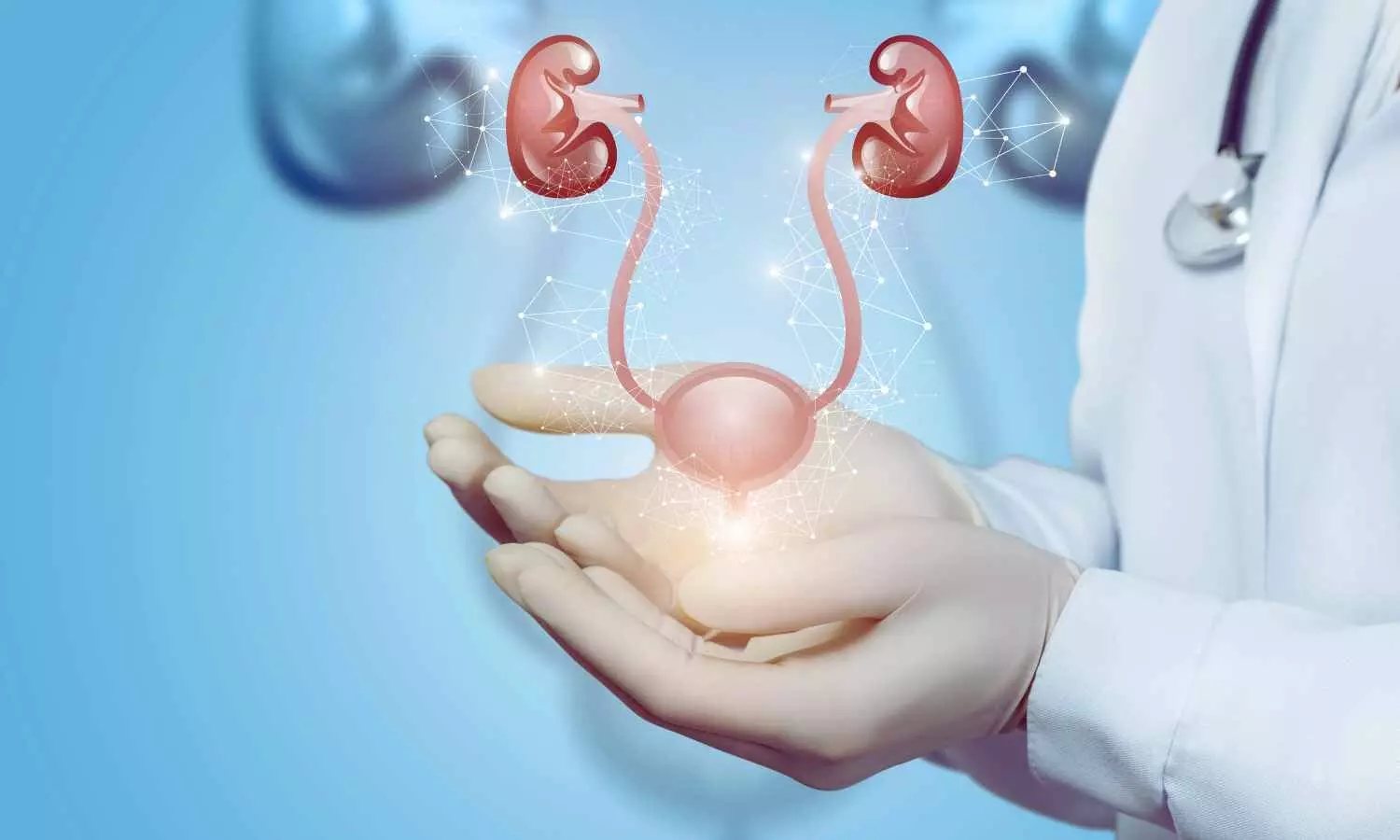STAT+: Pharmalittle: We’re reading about FDA OK for a lung disease drug, pharma sales in China, and more
2 months 2 weeks ago
Pharma, Pharmalot, pharmalittle, STAT+
‘Social apnoea’: sleep disorder could worsen at weekends, research suggests - The Guardian
- ‘Social apnoea’: sleep disorder could worsen at weekends, research suggests The Guardian
- 'Social apnea': Common sleep disorder up to 47% more severe on these days New Atlas
- Staying up late on the weekends could make your sleep apnoea worse Euronews.com
- Millions are suffering from 'social jet lag' without realising - and it could be impacting your health NewsBreak: Local News & Alerts
- Weekend habit enjoyed by millions linked to disorder and risk of deadliest cancer, new study reveals Daily Mail
2 months 2 weeks ago
An Ancient Conch-Blowing Indian Ritual Could Be A Surprising New Therapy For People Struggling With Sleep Apnea - ZME Science
- An Ancient Conch-Blowing Indian Ritual Could Be A Surprising New Therapy For People Struggling With Sleep Apnea ZME Science
- Conch blowing could help to alleviate sleep apnoea, study suggests The Guardian
- This ancient Indian seashell trick can help with sleep apnea — and reduce snoring New York Post
- Sleep apnoea: Blowing through conch shell could help treat dangerous sleep condition The Independent
- Revealed: The 5 proven ways to REALLY stop your partner snoring - as scientists recommend blowing through a conch shell Daily Mail
2 months 2 weeks ago
Medical News, Health News Latest, Medical News Today - Medical Dialogues |
New discovery reveals the role of spinal cord in bladder control
2 months 2 weeks ago
Nephrology,Neurology and Neurosurgery,Urology,Nephrology News,Neurology & Neurosurgery News,Urology News,Top Medical News,Latest Medical News
In Trump’s America, vaccination rates are declining and measles is spreading | Katrina vanden Heuvel - The Guardian
- In Trump’s America, vaccination rates are declining and measles is spreading | Katrina vanden Heuvel The Guardian
- How Shifting Vaccine Policy Could Affect CA Patch
- Utah health leaders work to prevent the spread of measles as students start going back to school FOX 13 News Utah
- Childhood Vaccinations Are Down. Schools Are Bracing for Outbreaks Education Week
- Concern as vaccine rates for kids returning to school drop, diseases like measles and polio resurge: UCSF expert ABC7 San Francisco
2 months 2 weeks ago
People who appear decades younger than their real age almost always have these 5 daily habits - VegOut
- People who appear decades younger than their real age almost always have these 5 daily habits VegOut
- 5 Daily Habits That Make You Look Decades Younger, According to Science NTD News
- 'I'm ageing in reverse – people think I'm years younger than I am thanks to a series of healthy habits' GB News
- 'I'm ageing in reverse – people think I'm years younger than I am thanks to a series of habits' MSN
- If you want to be younger looking in 30 days, start practicing these 6 daily habits VegOut
2 months 2 weeks ago
Colorectal cancer may cause these 4 hidden warning signs, experts say
2 months 2 weeks ago
Health, colon-cancer, Cancer, lifestyle, healthy-living, mens-health, womens-health
Blowing in a Conch Shell Helps Treat Dangerous Snoring Symptoms for Folks With Sleep Apnea, Says Study - Good News Network
- Blowing in a Conch Shell Helps Treat Dangerous Snoring Symptoms for Folks With Sleep Apnea, Says Study Good News Network
- Conch blowing could help to alleviate sleep apnoea, study suggests The Guardian
- This ancient Indian seashell trick can help with sleep apnea — and reduce snoring New York Post
- Sleep apnoea: Blowing through conch shell could help treat dangerous sleep condition The Independent
- Revealed: The 5 proven ways to REALLY stop your partner snoring - as scientists recommend blowing through a conch shell Daily Mail
2 months 2 weeks ago
Health – Demerara Waves Online News- Guyana
Health Minister debunks Norton’s claim of Charles Roza school closure
2 months 2 weeks ago
Education, Elections, Health, News, Politics, campaign rally, Charles Roza School of Nursing, distance learning, hybrid learning, in-person classes, Linden, Minister of Health Frank Anthony, Opposition Leader Aubrey Norton, school closure
'Missing link' to Alzheimer's disease found in study of human brain tissue
2 months 2 weeks ago
Health, brain-health, alzheimers, medical-research, lifestyle
Inside the CDC, Shooting Adds to Trauma as Workers Describe Projects, Careers in Limbo
2 months 2 weeks ago
Health Industry, Public Health, Race and Health, Rural Health, States, Agency Watch, california, CDC, Georgia, Healthbeat, HIV/AIDS, Trump Administration, U.S. Congress
Rabbits with tentacle-like growth around head, mouth spotted in neighborhood - WKRC
- Rabbits with tentacle-like growth around head, mouth spotted in neighborhood WKRC
- Rabbits with 'tentacles' or 'horns' growing from their heads spotted in Fort Collins KUSA.com
- Rabbits spotted with tentacle-like growths on their faces KPTV
- Warning as 'Frankenstein' rabbits with tentacles sprouting from their heads invade parts of the US: 'Do NOT touch them' Daily Mail
- These Rabbits in Fort Collins Look Like They’re From a Horror Movie! Fort Collins Country Radio
2 months 2 weeks ago
Health – Demerara Waves Online News- Guyana
Electricity subsidy to Linden will not be removed- Norton
2 months 2 weeks ago
Business, Elections, Energy, Health, News, Politics, A Partnership for National Unity (APNU), Aubrey Norton, Charles Roza School of Nursing, electricity subsidy, Lindeners, national grid, natural gas-fired generating plant




